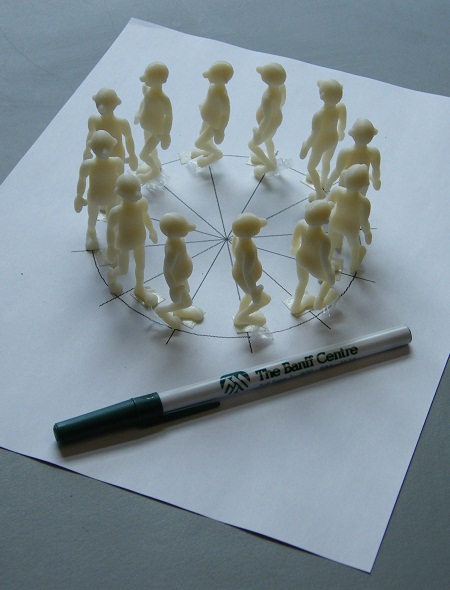After a while, Amelia had just gotten used to him being there. She’d decided at some point that the shadow was definitely a “he”, although she couldn’t exactly say why. In any case, it was nice to know that even when she was alone, she probably wasn’t really alone.
Sometimes when she was with a boy, she would feel the shadow’s presence, and she’d wonder what the boy would have thought if he knew. Sometimes she was almost tempted to tell, just to see what would happen. But of course she never did.
Not even when she met the boy she was going to marry. He was very sweet, and she knew right away they were going to get married. But of course she always knew what was going to happen. This wasn’t something she’d realized all at once, but gradually she had picked up a way of thinking from the shadow, of seeing that the future is really just like the past, except in a mirror. Once you see that, then you can see how to remember things that haven’t happened yet.
The hardest part was not letting people know, and remembering to act surprised when she was supposed to be surprised, or scared when she was supposed to be scared. That time the tree fell in the yard and killed aunt Emma, it was hard not to tell anybody beforehand. She had to go through the whole morning like nothing was going to happen. The shadow said it was important to act like you don’t know things until they happen.

